#Atlantic white cedar
Explore tagged Tumblr posts
Text

My big girl Atlas is SEVENTEEN INCHES tall today!!! She only needs seven more inches to be allowed to play outside with the big kids (get planted in freshwater marsh in the Bronx). Gemini, Ursa Major, and oldest sister Hajime are all between 12 and 14 inches and will be repotted this week to keep boosting growth. They’re all under the grow light and doing pretty well, so hopefully they keep gaining height throughout the fall/winter. And littlest sister Jiro is a perfectly respectable 5 inches, thank you very much.
Cohort 3b (extended, colder period of stratification, soil cells placed on heat mat, top seeding with no soil above, watering with eyedropper) launches April 13th, 2025
#my goal is that Atlas will be planted before my trip to Japan next spring so I don’t have to worry about her getting over/underwatered#Atlantic white cedar
8 notes
·
View notes
Text


Slightly Mature Atlantic White Cedars
#photographers on tumblr#original phography#atlantic white cedar#trees#new jersey#theyre older than most awc trees in this area good to see
9 notes
·
View notes
Text


Planting Atlantic White Cedar in the Millennium Forest
0 notes
Text
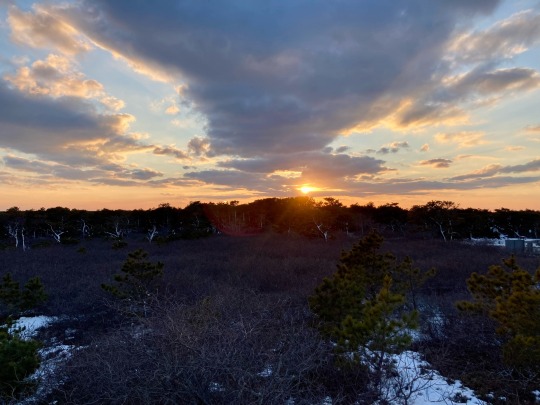
4 notes
·
View notes
Photo

Minneapolis Scandinavian Exterior Mid-sized danish beige two-story mixed siding house exterior photo with a butterfly roof, a shingle roof and a gray roof
#james hardie siding#atlantic white cedar siding#white cedar siding#marvin windows#native grasses#lap pool#front porch
1 note
·
View note
Photo

Shingles - Scandinavian Exterior Example of a mid-sized danish beige two-story mixed siding house exterior design with a butterfly roof, a shingle roof and a gray roof
#atlantic white cedar siding#front porch#indigenous grasses#native grasses#wood storage#minimalistic#marvin windows
0 notes
Text
Alrighty and HERE ARE OUR CONTENDERS!!!
Tag for the polls: #bird battle
DISCLAIMER - I wrote the round one blurbs when I was very sick and half awake, so if you see any mistakes PLEASE TELL ME! Nicely, obviously, but I want to make sure they sound good for round 2. Thank you!
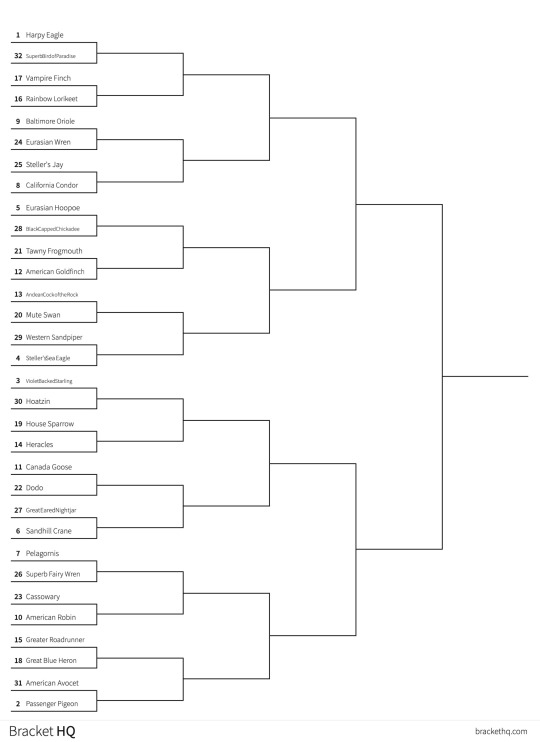

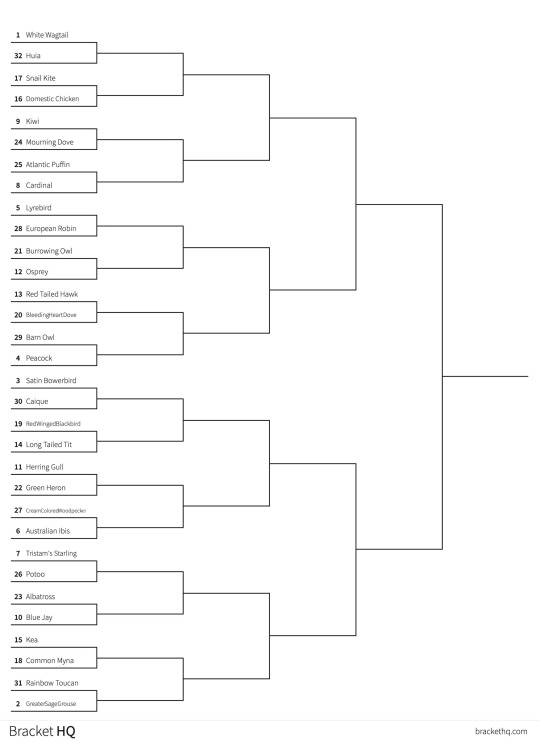

I know there’s a lot of them, but man there’s SO MANY GOOD BIRDS! There were a few times where people didn’t put what specific subspecies for some birds, so sometimes I’d have to choose one. I tried to choose one that represents that bird the best!
I don’t know when the polls will begin, I’m doing some research on the birds so that people can read about them before they vote.
If one of your favs didn’t make it in, don’t worry they’re a winner in my and your heart.
If you are wondering where the Pigeon (Rock Dove) is, THEY ARE THE FINAL CHAMPION! At the end of this bracket, the winner will face off against the mightily popular Rock Dove! Will they be able to beat such a tough challenger? We will see…
Also, a note on how I set this bracket up: I put all the birds in a numbered list and then used a number generator. I think the matchups we got were really interesting.
Full list under the cut
HARPY EAGLE
SUPERB BIRD OF PARADISE
VAMPIRE FINCH
RAINBOW LORIKEET
BALTIMORE ORIOLE
EURASIAN WREN
STELLER'S JAY
CALIFORNIA CONDOR
EURASIAN HOOPOE
BLACK CAPPED CHICKADEE
TAWNY FROGMOUTH
AMERICAN GOLDFINCH
ANDEAN COCK OF THE ROCK
MUTE SWAN
WESTERN SANDPIPER
STELLER'S SEA EAGLE
VIOLET BACKED STARLING
HOATZIN
HOUSE SPARROW
HERACLES
CANADIAN GOOSE
DODO
GREAT EARED NIGHTJAR
SANDHILL CRANE
PELAGORNIS
SUPERB FAIRY WREN
SOUTHERN CASSOWARY
AMERICAN ROBIN
GREATER ROADRUNNER
GREAT BLUE HERON
AMERICAN AVOCET
PASSENGER PIGEON
WALLCREEPER
GREAT TIT
MOA
EASTERN BLUEBIRD
AUSTRALIAN BUSHTURKEY
EMU
MALLARD DUCK
FLAME BOWERBIRD
MANDARIN DUCK
BELTED KINGFISHER
OILBIRD
FAIRY PENGUIN
LESSER FLAMINGO
AUSTRALIAN KESTREL
CARRION CROW
UMBRELLABIRD
LOGGERHEAD SHRIKE
PERUVIAN PELICAN
CALIFORNIA QUAIL
MACGREGORS BOWERBIRD
HARRIS HAWK
COMMON RAVEN
BEARDED VULTURE
PEREGRINE FALCON
ROSY LOVEBIRD
ROSEATTE SPOONBILL
LONG TAILED GRACKLE
AMERICAN WOODCOCK
KAKAPO
BLUE FOOTED BOOBY
RHEA
BEE HUMMINGBIRD
WHITE WAGTAIL
HUIA
SNAIL KITE
DOMESTIC CHICKEN
KIWI
MOURNING DOVE
ATLANTIC PUFFIN
CARDINAL
LYREBIRD
EUROPEAN ROBIN
BURROWING OWL
OSPREY
RED TAILED HAWK
BLEEDING HEART DOVE
BARN OWL
PEACOCK
SATIN BOWERBIRD
CAIQUE
RED WINGED BLACKBIRD
LONG TAILED TIT
HERRING GULL
GREEN HERON
CREAM COLORED WOODPECKER
AUSTRALIAN IBIS
TRISTAM'S STARLING
POTOO
WANDERING ALBATROSS
BLUE JAY
KEA
COMMON MYNA
RAINBOW TOUCAN
GREATER SAGE GROUSE
TURKEY VULTURE
TUFTED TITMOUSE
CRESTED AUKLET
EURASIAN MAGPIE
BUDGIE
SCREECH OWL
WIP-POOR-WILL
SECRETARY BIRD
AUSTRALIAN MAGPIE
CEDAR WAXWING
VICTORIA CROWNED PIGEON
HERMIT THRUSH
COMMON SWIFT
WHITE BELLBIRD
BROWN SKUA
EUROPEAN DIPPER
111 notes
·
View notes
Text
List of Birds organized by Order + locations:
Accipitriformes:
Bearded vulture
Cooper's hawk
Osprey
Red-shouldered hawk
Steller's sea eagle
Anseriformes:
Bar-headed goose
Barnacle goose
Black swan
Common merganser
Red-breasted goose
Snow goose
Trumpeter swan
Apodiformes:
Common swift
Ruby-throated hummingbird
Bucerotiformes:
Eurasian hoopoe
Cariamiformes:
Red-legged seriema
Casuariiformes:
Emu
Southern cassowary
Cathartiformes:
Black vulture
Turkey vulture
Charadriiformes:
American oystercatcher
Atlantic puffin
Black-headed gull
Black skimmer
Black-tailed godwit
European herring gull
Killdeer
Northern lapwing
Ruddy turnstone
Ciconiiformes:
White stork
Columbiformes:
Common wood pigeon
Eurasian collared dove
Luzon bleeding-heart
Nicobar pigeon
Victoria crowned pigeon
Coraciiformes:
Blue-capped kingfisher
Common kingfisher
Cuculiformes:
Asian koel
Greater roadrunner
Yellow-billed cuckoo
Eurypygiformes:
Kagu
Falconiformes:
American kestrel
Common kestrel
Galliformes:
Palawan peacock-pheasant
Scaled quail
Western capercaillie
Gaviiformes:
Common loon
Gruiformes:
American coot
Australasian swamphen/pūkeko
Blue crane
Common moorhen
Sandhill crane
Sora
Whooping crane
Passeriformes:
American bushtit
American robin
Australian raven
Baltimore oriole
Barn swallow
Black-billed magpie
Black-capped chickadee
Black-throated sparrow
Blue-headed vireo
Blue jay
Bluethroat
Brown thrasher
California towhee
Canada warbler
Canyon wren
Cedar waxwing
Common blackbird
Common chlorospingus
Common raven
Eastern wood pewee
Eurasian blue tit
Eurasian bullfinch
Eurasian golden oriole
Eurasian jay
Eurasian magpie
European robin
Goldcrest
Great-tailed grackle
Great tit
Hooded crow
House sparrow
Indigo bunting
Kirtland's warbler
LeConte's sparrow
Long-tailed tit
Mexican jay
Painted bunting
Phainopepla
Pine siskin
Pin-tailed whydah
Pinyon jay
Pygmy nuthatch
Red winged blackbird
Rook
Saltmarsh sparrow
Satin bowerbird
Spotted towhee
Steller's jay
Tufted titmouse
Wallcreeper
Warbling vireo
Western tanager
White-breasted nuthatch
White-throated dipper
White-throated magpie-jay
Yellow-rumped warbler
Pelecaniformes:
Brown pelican
Great blue heron
Great egret
Great white pelican
Least bittern
Roseate spoonbill
Shoebill stork
Snowy egret
Phoenicopteriformes:
American flamingo
Chilean flamingo
Piciformes:
Acorn woodpecker
Clark's nutcracker
Lewis's woodpecker
Northern flicker
Pileated woodpecker
Red-bellied woodpecker
Red-headed woodpecker
Podargiformes:
Tawny frogmouth
Podicipediformes:
Pied-billed grebe
Procellariiformes:
Wilson's storm-petrel
Psittaciformes:
Australian king parrot
Chestnut-fronted macaw
Citron-crested cockatoo
Cockatiel
Galah
Gang-gang cockatoo
Pacific parrotlet
Rose-ringed parakeet
Sulphur-crested cockatoo
Strigiformes:
Barn owl
Barred owl
Eurasian eagle-owl
Suliformes:
Anhinga
Blue-footed booby
Double-crested cormorant
Trogoniformes:
Elegant trogon
Locations:
Africa
America
Antarctica
Asia
Australia
Central America
Eurasia
Europe
North America
Oceania
South America
7 notes
·
View notes
Text
How to Identify American Holly
Click here to learn more about the How to Identify article series.
Name: American Holly (Ilex opaca)
Range and typical habitat(s): Typically southeastern United States, from eastern Texas to the Atlantic coast, southern Missouri, and central Florida to scattered portions of New England. iNaturalist observations also place it in portions of Michigan, Illinois, Ohio, and Oklahoma, showing some expansion compared to the 2014 BONAP map, so its range may be expanding in response to climate change. In most of its range it is an understory tree growing in the shade of larger species. However, in Florida’s scrub habitat it grows as a shrub.
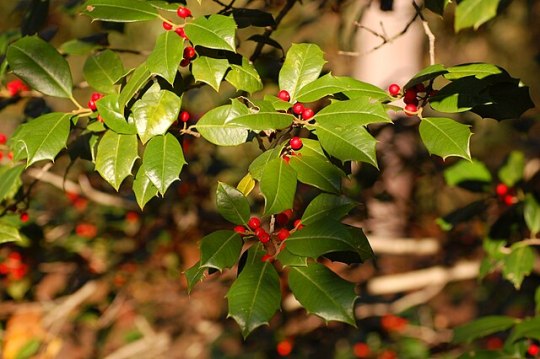
Photo by Derek Ramsay, GNU FDL 1.2
Distinguishing physical characteristics (size, colors, overall shapes, detail shapes): At first glance American holly looks quite similar to the European holly (Ilex aquifolium) so commonly used got holiday decorations (more about the differences between the two below.) It has medium to dark green oval-shaped leaves, sometimes with a yellowish tint, whose margins (edges) have concave curves between sharp points that are regularly spaced; large leaves may reach three inches long.
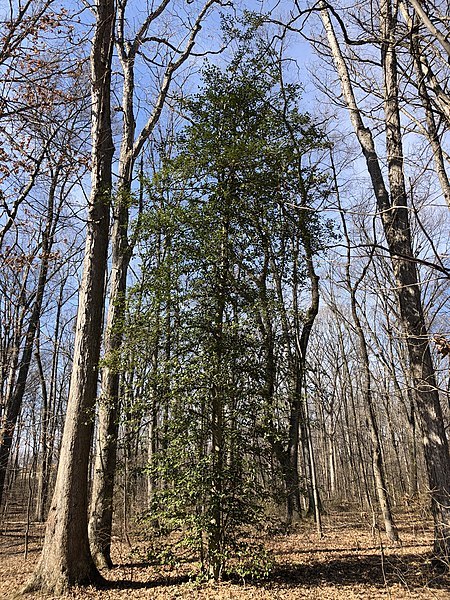
Photo by Famartin, CCA-SA-4.0-INTL
The American holly’s leaves have a leathery, stiff texture, and may appear waxy, and the underside is paler, often yellow in color. Each leaf has a central vein (midrib) that is depressed, appearing almost like a deep crease. Thinner veins branch off of both sides of the midrib. Some leaves may display smooth margins instead of the more typically spiky ones, especially when they are high enough to be out of the reach of browsing herbivores like deer.
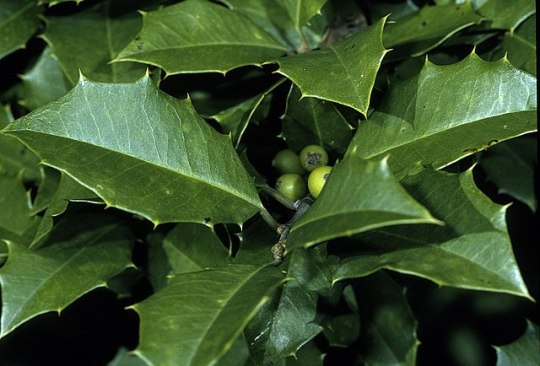
The foliage stays green throughout the year rather than being shed in fall; a given leaf may stay on the tree for up to three years before being displaced by a new replacement leaf. The leaves grow in an alternate pattern along a twig, with each leaf growing a little further along the twig than the last. The tree’s branches and trunk are covered in pale gray bark that is relatively smooth, but may have horizontal and vertical striations, along with various nodes and bumps, and might also play host to white patches of microlichen colonies. Other lichens, as well as mosses, also may add color to the American holly’s bark.
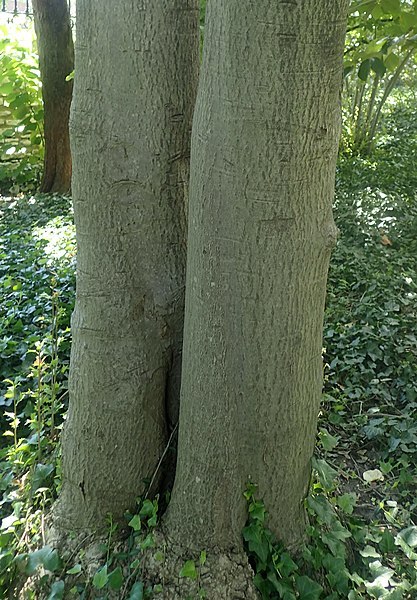
Photo by Krzysztof Ziarnek, CCA-SA-4.0-INTL
An exceptional specimen of American holly can reach almost 100 feet tall when mature, though it grows slowly. Such large trees are generally a century or more old, and the oldest on record was just a few years shy of 150.
The flowers of American holly are small (1/2″ or less across) with green centers and four (sometimes six) white petals that are broad with a rounded end, and whose tips curve back toward the plant. They grow in clusters of several flowers sprouting from one spot. American holly is dioecious, meaning that there are female and male plants; the males tend to reach sexual maturity a few years earlier than the females, but they all are generally reproducing by the age of ten.
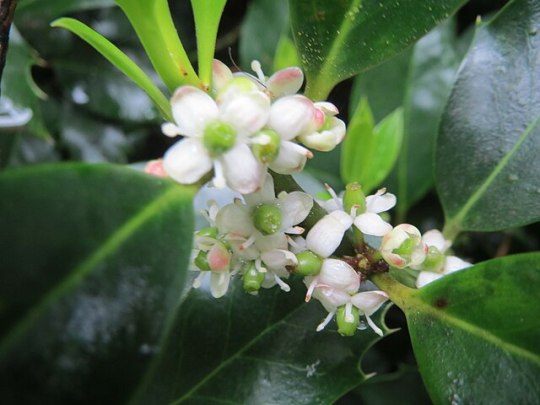
When fertilized by insects the female flowers then turn into the well-known red berries. Technically these are drupes rather than true berries, with four seeds apiece, and while they start out green they ripen to a bright red. The berries are popular with birds like cedar waxwings (Bombycilla cedrorum), but are toxic to humans and our pets.
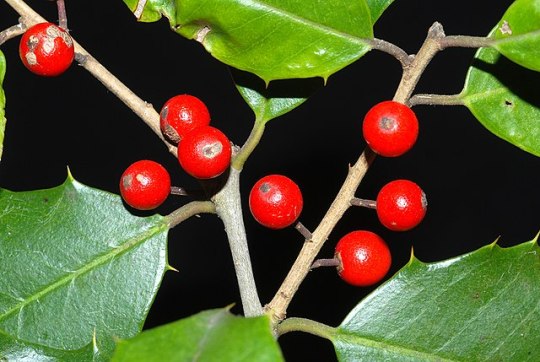
Photo by Douglas Goldman, CCA-SA-4.0
Other organisms it could be confused with and how to tell the difference: Due to their similarity, American holly and European holly may easily be confused at first glance, and both prefer the understory of a forest. However, the European species does not grow as large. The leaves of European holly are darker and have a glossier appearance; the edges may also be more warped where those of American holly lie comparatively flat. Moreover, European holly grows more commonly along the west coast of North America, and is more sparse throughout American holly’s native range, especially outside of cultivated spaces.

European holly (Ilex aquifolium)
Yaupon holly (Ilex vomitoria) is another species native to the southeastern North America, particularly the Gulf Coast states and the southern third of the Atlantic coast. It is a much smaller shrub that rarely exceeds thirty feet tall, and its leaves are round with serrated or scalloped edges rather than the pointed margins of American holly. The petals of the flowers may not curve as much as on American holly.

Yaupon holly (Ilex vomitoria)
Dahoon holly (Ilex cassine) also grows in the extreme southeastern United States, from Louisiana to the southern tip of North Carolina, and primarily along the coastline except in Florida where it can be found across much of the peninsula. Its leaves are longer and more slender than those of American holly, and the margins are almost entirely smooth except for a series of very small spikes.
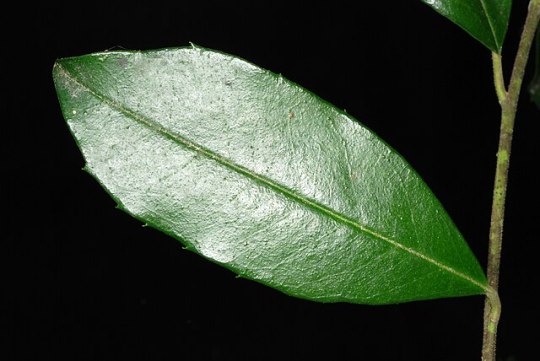
Dahoon holly (Ilex cassine). Photo by Douglas Goldman, CCA-SA-4.0
Possumhaw (Ilex decidua) has long, slender leaves with a gently pointed tip and serrated edges. This deciduous plant drops its leaves in fall, unlike the evergreen American holly.

Possumhaw (Ilex decidua)
There are other plants that have similar leaves to American holly but that grow out of its range, such as the various species of Oregon grape (Mahonia spp.) in the Pacific Northwest, and holm oak (Quercus ilex), for which the genus Ilex was originally named.
Further reading:
USDA: American Holly
North Carolina Extension Gardener Plant Toolbox: Ilex opaca
Missouri Botanical Garden Plant Finder: Ilex opaca
Native Plant Trust: Ilex opaca – American holly
University of Connecticut Plant Database: Ilex opaca
Did you enjoy this post? Consider taking one of my online foraging and natural history classes or hiring me for a guided nature tour, checking out my other articles, or picking up a paperback or ebook I’ve written! You can even buy me a coffee here!
#holly#American holly#North America#native plants#Ilex#shrubs#plants#plant identification#nature identification#botany#trees#ecology#conservation#biodiversity#long post#nature#Yule#Christmas#holidays#scicomm
12 notes
·
View notes
Text
Normally do not have a very visual imagination but this character appeared to me and now I need to name her and find her narrative
Dyed curly hair just past shoulder length ombre gradient brown to platinum to pink to purple but like Easter colors and fading, some mermaid green tint
A little bit fat
Dark gray hoodie with an a not an e good quality heavy cotton
Dress pale mint green floral print not roses but something ruffled like them pink blossoms and blueish buds also branches leaves and stems; like a sketch with the lines still visible, in pencil, not erased; cotton but stiff, sort of, not flowing, in crimps, like a lampshade
Embroidered Converse one shoe untied
Leather messenger bag color of varnished Atlantic white cedar (don't @ me for the wood hue); buckles bronze but tarnished, wear on the strap
Natalie Imbruglia Torn (playing in background)
Glasses like you would expect this person to have
Pose like that one photo on the beach at St A's, jubilant and exultant and very very drunk
#Who is she...#She is carrying a Domino's pizza she is going to watch a Bergman movie with a friend she used to be in love with but isn't anymore#Early spring she's catching the bus maybe in Chicago maybe in California but nowhere other than these two places#SHE HAS A GREEN AMBER CLADAGH RING
8 notes
·
View notes
Text

Atlantic White Cedar cohort 3 has begun! These seeds will be soaked in cold water for 24 hours and then stratified, a process that replicates them experiencing a cold and dark winter necessary for the seeds to break dormancy. I do this by putting them in damp sand (a 10:1 sand:water ratio per 100 seeds) and keeping them in my fridge for 60 days. After that they’ll go into Petri dishes and under a grow light for 24 hours a day until, hopefully, embryonic roots begin to emerge. I got this from a paper that specifically looked the effects of length of time under grow lights and I’m interested to see the germination and survival rates from this process. I have about half a gram of seeds left (cohort 4) and those will get the standard 180 days of stratification and then top sowing but also with the grow lights. Fingers crossed!
I eyeballed the amount of seeds 😅 so if anyone wants to guess how many seeds there are (I will count tomorrow) and submit your best guess, go crazy. Closest guess gets to name the first seedling of the cohort.
#the seeds are so light and so tiny they are very troublesome to deal with#I use a fondue fork to get them into a clump so they don’t stick to the side of the bowl or my fingers#Atlantic white cedar
14 notes
·
View notes
Text

The Darkness of an Atlantic White Cedar Bog - January 10th 2023
#nature#forest#new jersey#original phography#photographers on tumblr#njlocal#pine barrens#cedar swamp#atlantic white cedar#endangered ecosystem#gloomy
21 notes
·
View notes
Text


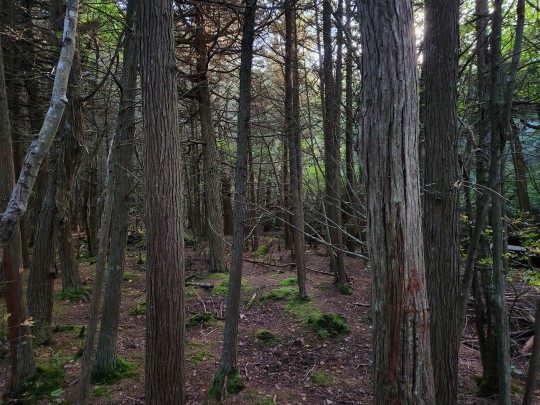
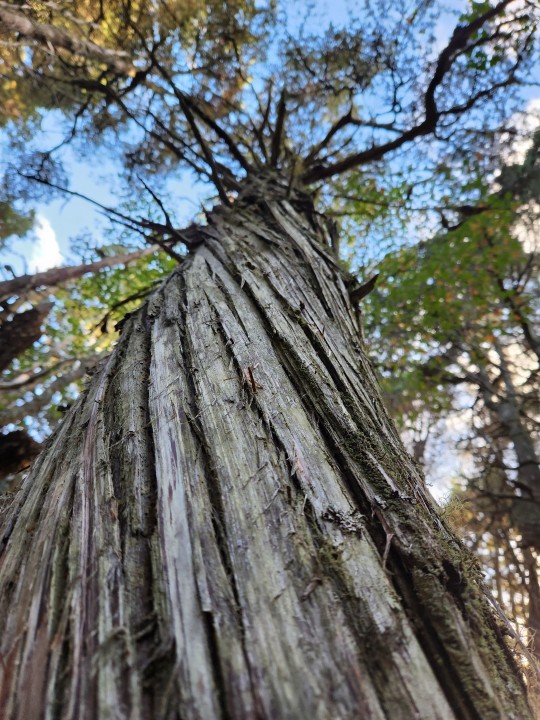
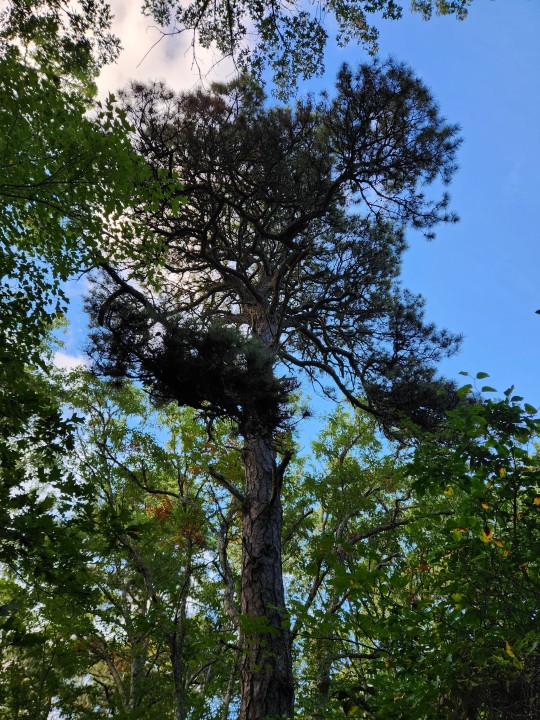
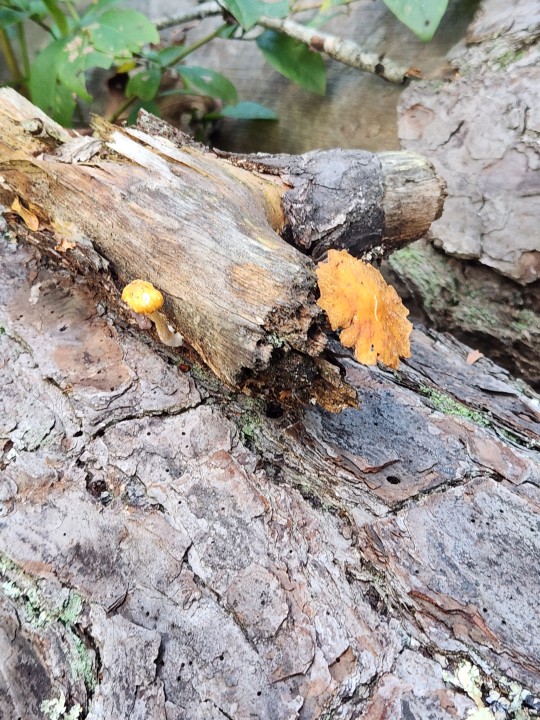
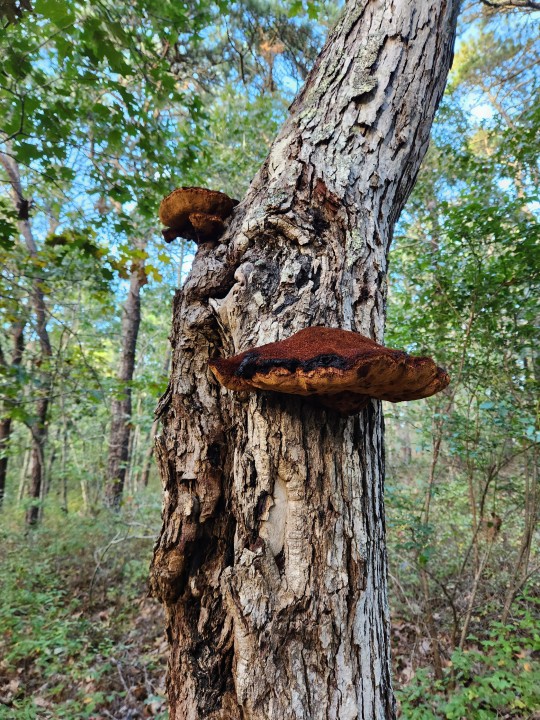
Atlantic white cedar swamp
4 notes
·
View notes
Text
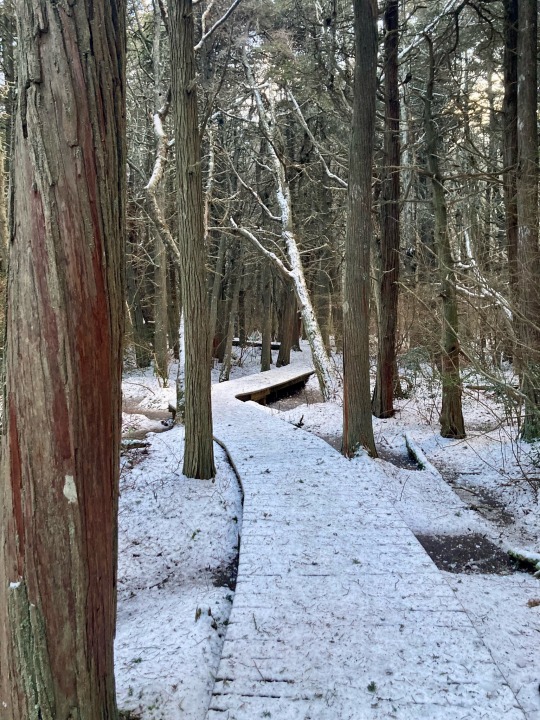
#trail#swamp trail#boardwalk#Atlantic White Cedar Swamp Trail#Cape Cod#Massachusetts#nature#forest#snow#winter
3 notes
·
View notes
Text
5 alkemia samples
silken tent
first impressions: its a bit disappointing.... smells nice and sweet abit powdery but its extremely similar to a $10 vanilla body spray i got from woolworths.... not worth it so far but ill let it sit for a while.
+after sitting for a while its gorgeous. sweet syrupy golden but not too edible smelling. the angelica adds a soft fuzzy herbal tone that balances the fragrance and cuts through the syrupy texture and keeps it from getting cloying. i cant stop inhaling it. i can smell the candied angelica, rice pudding and caramel the best and the jasmine, tuberose and chrysanthemum are more of a subtle white floral in the background.
★★★★★
aurora
first impressions: stexture eally nice reminds me of those musky perfumes you get from mecca that are by byredo or sum shit... i like it fresh neutral a bit of cardamom and iris.
+the iris is really pretty very buttery and milky not too powdery. i can smell the cardamom, violet, musk clearly and the cashmeran adds a cedar element but i cant detect any ginger. ethereal is a good word to describe it. i was wearing it while watching spirited away the other day and i felt like they were a good match especially soundtracks like a road to somewhere and the beginning of nighttime coming.
★★★★
bohemiens en voyage
first impressions: i put it on tadhg it smells like a hippie perfume but more pleasant and wearable in my opinion. a bit smoky a bit like hay a bit sweet. i tried to smell it again but he had made a smoked salmon croissant and all i could smell was da salmon.
+theres no anise in the notes but the beginning smells like it has a licorice note. i can smell the hay, tobacco and amber in the beginning plus a lowkey background sweetness from the sugarcane which smells crystalised. after about 10 minutes the licorice type note is gone (maybe the tabac leaf?) and i can smell hay, sugarcane and the most gorgeous skin musk. buttery salty creamy is how id describe it which might not sound so appealing but it really is beautiful. this is also a golden coloured fragrance like silken tent but instead of being an amber colour its more of a soft dusty yellow. this scent makes me think of malibu by hole. i think that tobacco hay sugarcane and iris are very kinderwhore themed notes in my mind. my mother said that the opening smells like talcum powder.
★★★★★
the wild atlantic way
first impressions: SOO GOOD..... smells fresh and oceanic and floral and the flowers are like honey-sweet wildflowers this is GOOD ASF..... i like it fr. abit soapy but im still lovin it
+the opening flowers are so sweet and full that they almost smell fruity. they smell bright yellow and juicy and you can really smell the nectar and pollen in them. after ten minutes the flowers arent as juicy but they are still very bright and sweet and you start smelling the salt of the ambergris. slowly the flowers die down and it becomes a slightly floral ambergris perfume. im learning that im a huge fan of yellow florals. i saw someone on reddit say that this fragrance reminds them of a romantic scene in a movie (braveheart is the example they used) and i can see that. to me it calls to mind a scene of green fields bright yellow flowers cliffsides and rough waves. the clouds are thick and covering the whole sky except for one break where the sunlight streams down in rays golden and the bright sunlit landscape is contrasted by the dark grey clouds in the distance and it looks otherworldly. one of my favourite kinds of weathers but yeah i like this scent though i am generally a floral lover.
★★★★★
wings of flame
first impressions: this shit smells delicious like coffee yummy.
+smells edible but not overly sweet. the coffee is almost dessert like and the honey is chewy and amber coloured. it makes sense that the coffee note is described as "golden coffee" because it almost smells a bit like caramel with how rich and deep and sweet it is. i put it on tadhg to see his reaction and he says he loves honey+coffee combinations because its decadent in an ancient way. i can see what he means especially for this fragrance in particular. theres no patchouli in the notes but that was a note my mum picked up on.
★★★★
3 notes
·
View notes
Text
Traveling Across the USA Massachusetts
Beautiful Cape Cod and Martha’s Vineyard Sightseeing in the US state of Massachusetts Cape Cod is a hook-shaped peninsula and has become a popular summer destination. There are quaint villages, lighthouses, ponds and bay and ocean beaches. Cape Cod National Seashore stretches along the east coast of Cape Cod. There are lovely beaches, beautiful woodlands with Atlantic white cedar and other…
0 notes